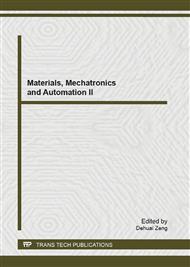p.279
p.284
p.289
p.295
p.300
p.306
p.310
p.315
p.319
Factors Related to Hospital Operating Room Scheduling of the Performance in the Medical Center
Abstract:
Objective:This study examines the 2009 patient operating room (OR) length of stay data for a medical center in Taipei City. Using a statistical method based on regression analysis, the crucial factors that influence OR efficiency and performance were identified. The analytical results indicated that surgical procedures with general anesthesia and high surgical complexity incurred high surgical fees. Additionally, the anesthesia fees, operating time, and operating time variance rises as the squared number of surgical procedures increases. Therefore, for the hospitals 2010 OR scheduling management strategy, we adjusted the priority regulations for daily OR use to enhance the safety and quality of surgical patient health care and improve OR efficiency.Method:We collected 11 case ORs, that is, 9 inpatient and 2 outpatient ORs, for this study. The pre-implementation data were collected between January 1, 2009, and December 31, 2009. The post-implementation data were collected between January 1, 2010, and December 31, 2010; both forms of data included patients OR length of stay information. Furthermore, the indicators that were compared and analyzed for this study included variances in the number of cases in which general anesthesia was administered, the number of scheduled surgical procedures, the number of emergency surgical procedures, and OR use rates.Results:A total of 20,731 surgical operations were performed in 2009, among which general anesthesia was administered 6,925 times, 10,122 scheduled surgical procedures were performed, 1,305 emergency surgical procedures were performed, and the OR use rate was 70.30%. A total of 21,105 surgical operations were performed in 2010, among which general anesthesia was administered 7,106 times, 10,549 scheduled surgical procedures were performed, 1,319 emergency surgical procedures were performed, and the OR use rate was 71.05%.
Info:
Periodical:
Pages:
300-305
Citation:
Online since:
August 2013
Authors:
Price:
Сopyright:
© 2013 Trans Tech Publications Ltd. All Rights Reserved
Share:
Citation:


